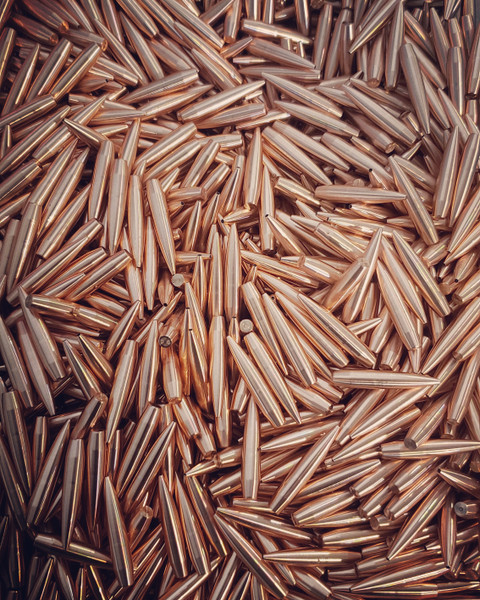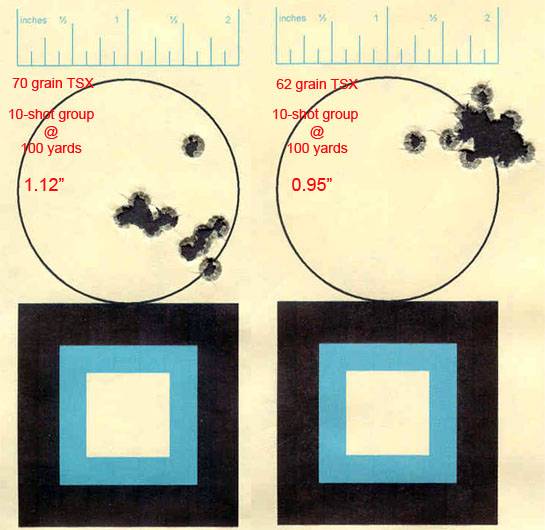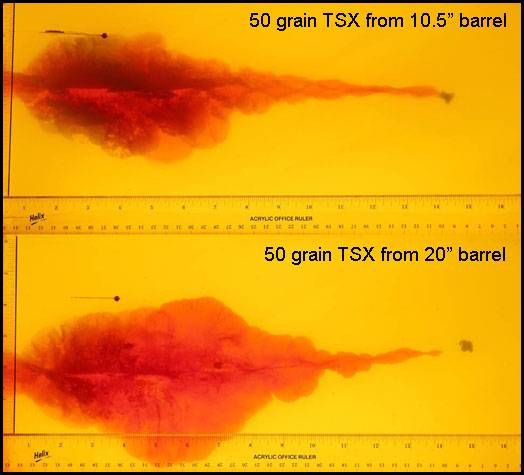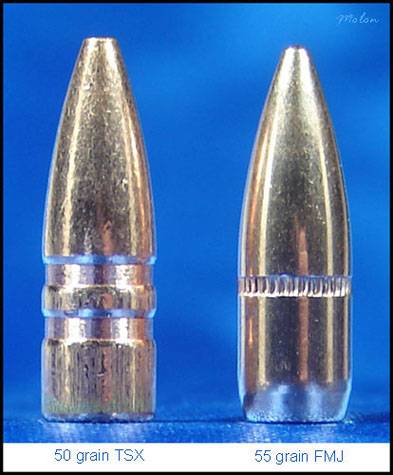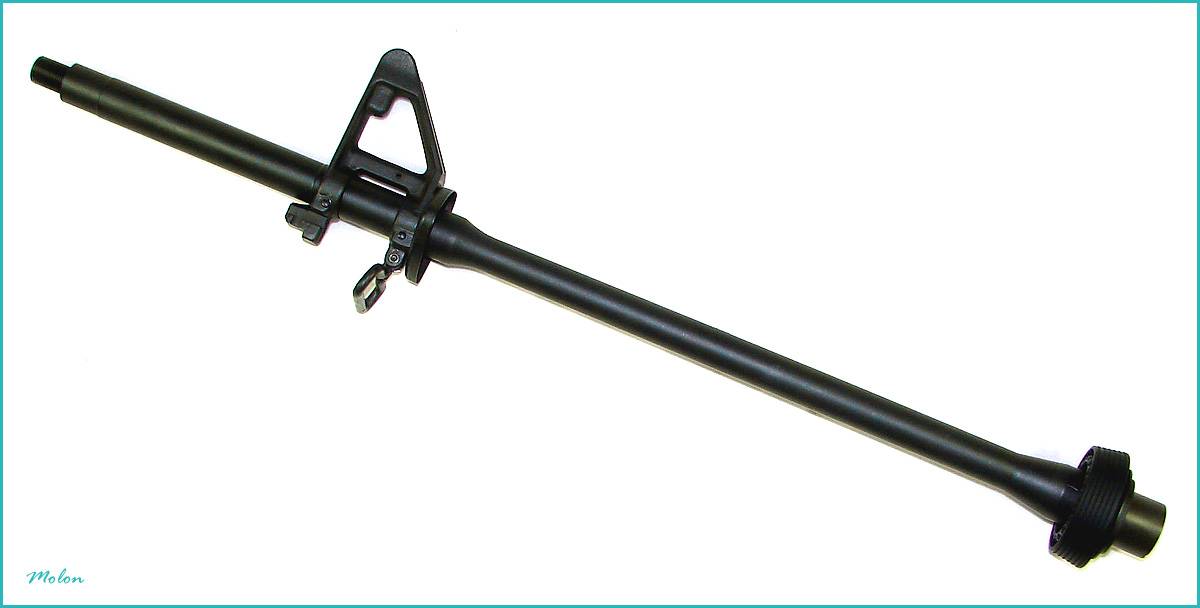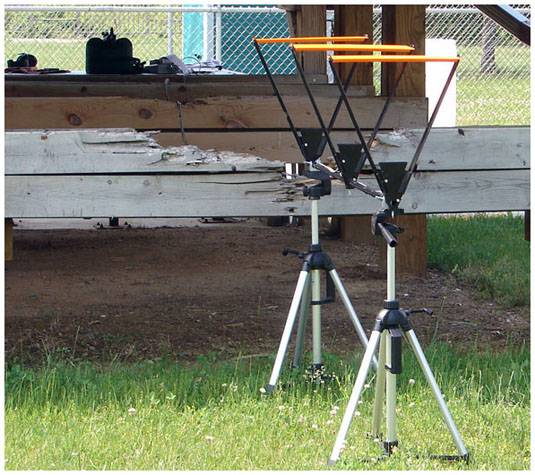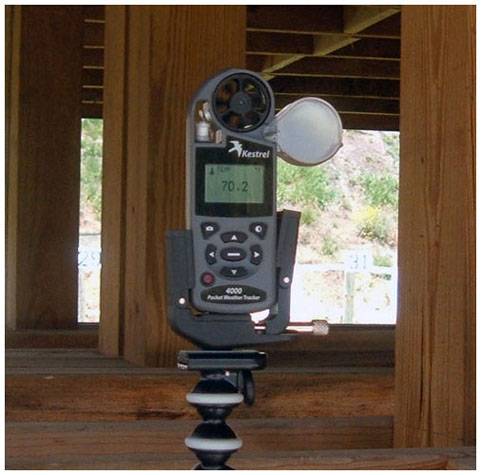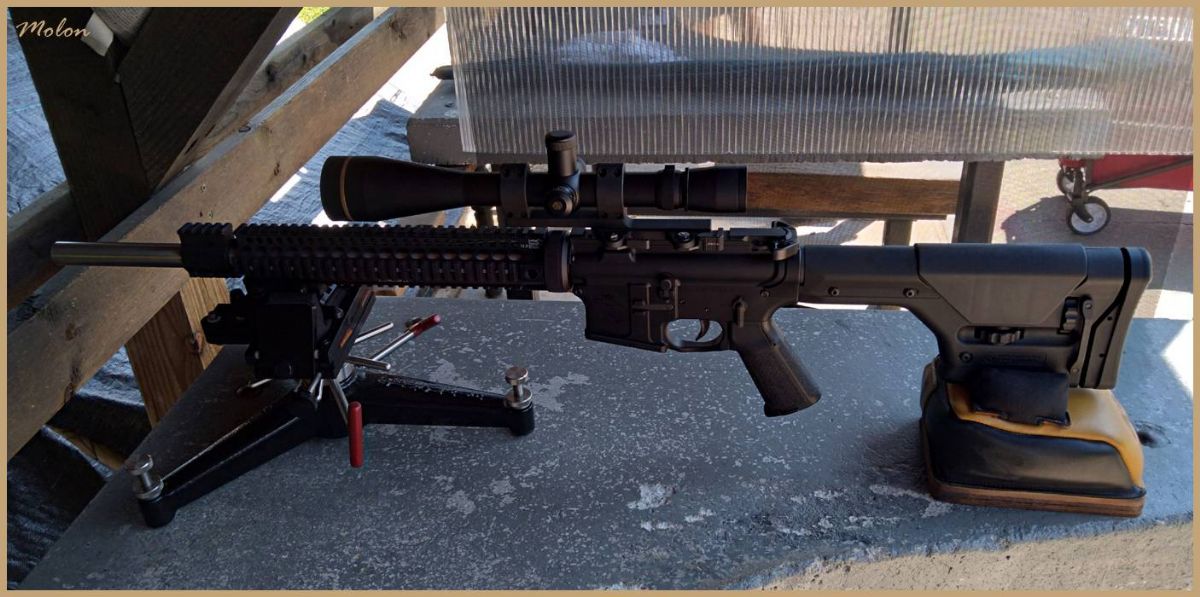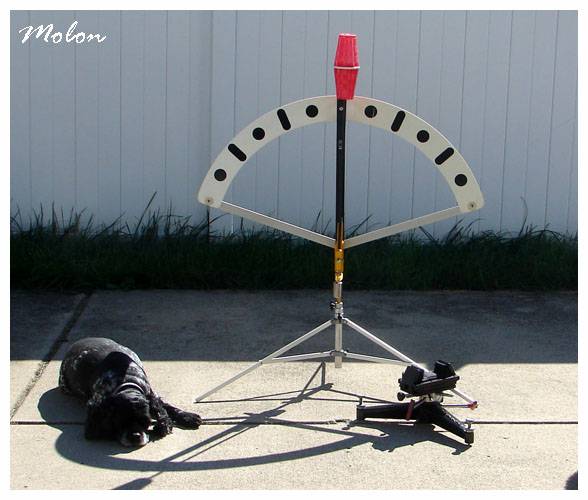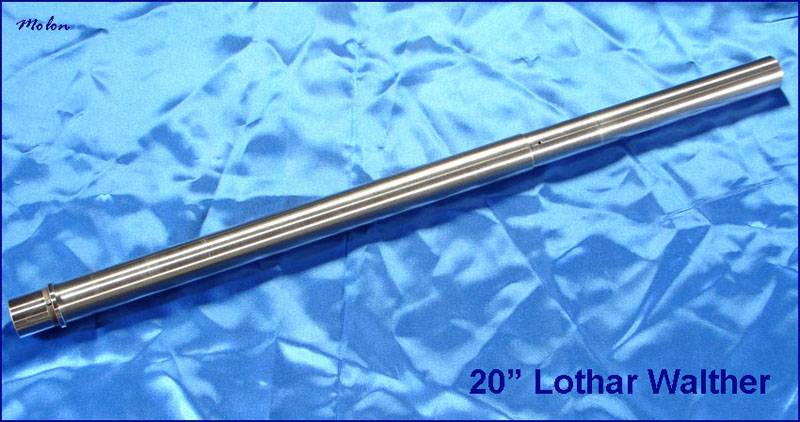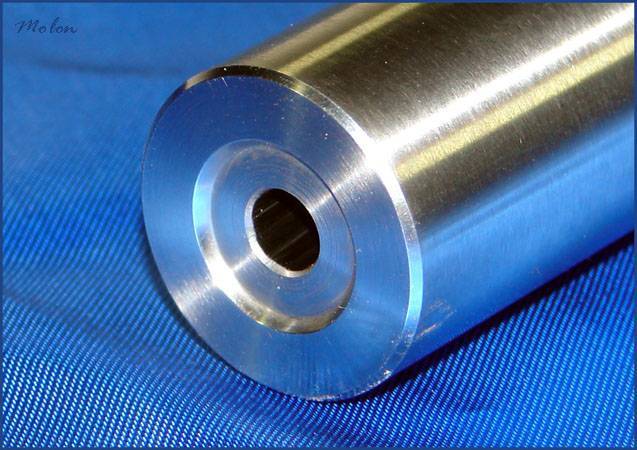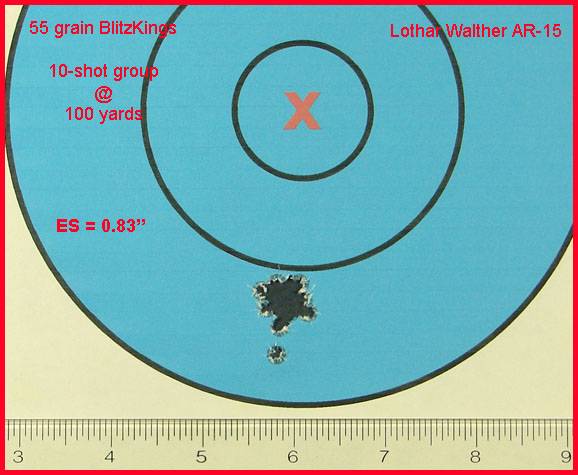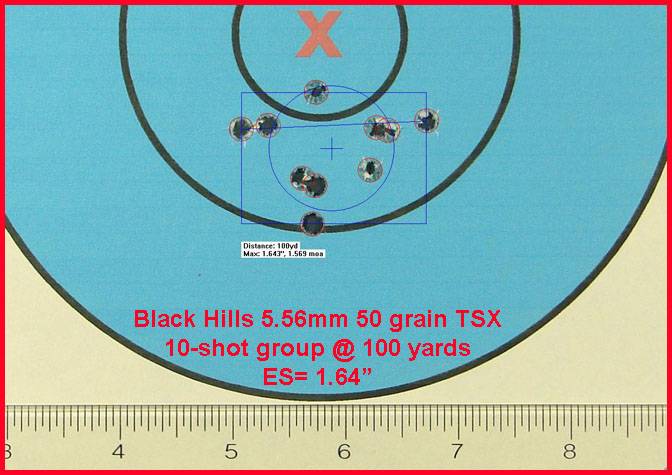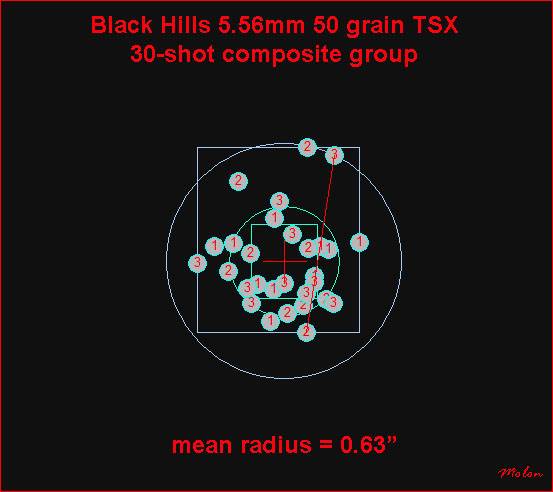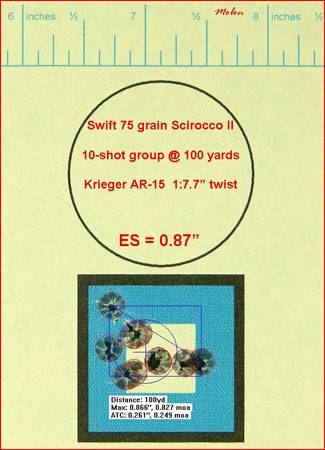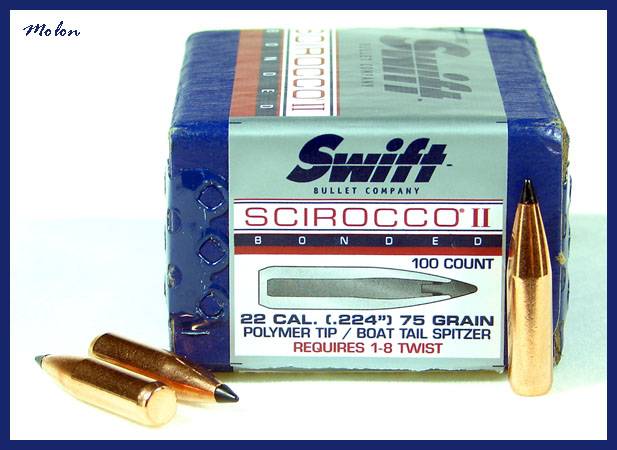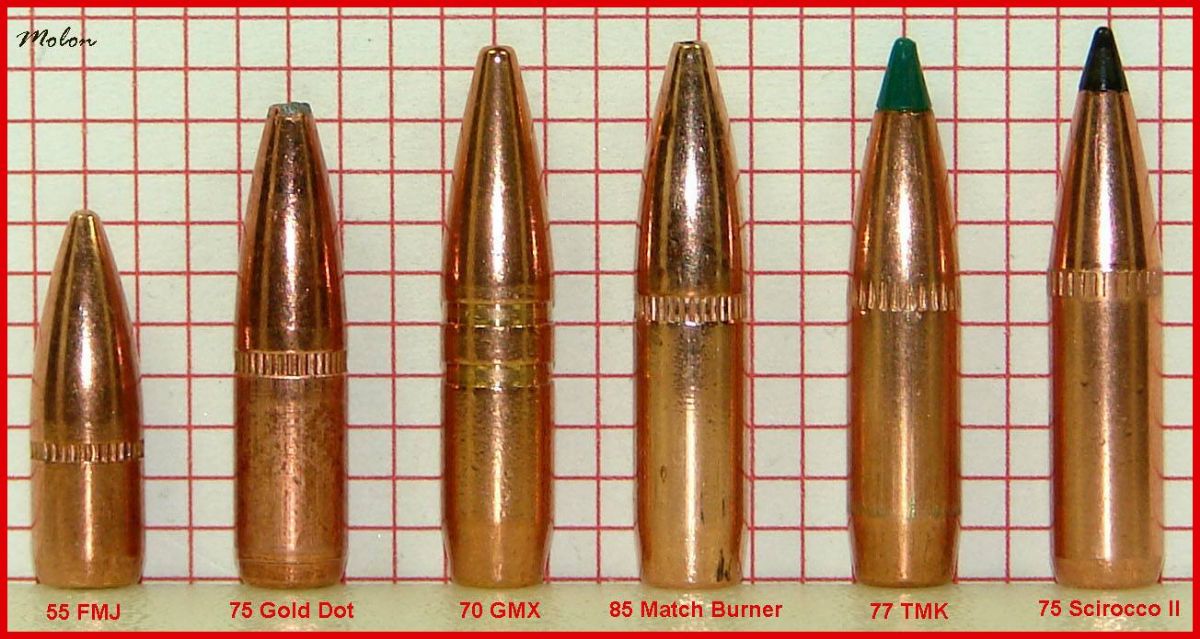I currently use the Lehigh 72gr controlled chaos with great luck in 2x 223AIs and a 22BR, as I also have to use non lead bullets for hunting. They're very accurate in all 3 rifles and make things very dead.
I tried the cutting edge 78 MTH in the same 2x 223AIs and the 22BR and could not get them to group in any of them. Some other members here had the same issues with the 78 MTH not grouping well.
Also tried the hammer 73gr and while they grouped better than the cutting edge 78 they did not group nearly as well as the Lehigh 72, and had a lower bc and higher price than the Lehigh.
I have not tried the hammer .224 HHT 74gr or 80gr as they were not available when I was working up loads for those 3 rifles.
I have not tried the 77 Cayugas yet, but they have the best bc of any of the .224 solids that I've seen; I'll be giving them a try soon in my new 22GT. If they shoot well I'll probably switch to them and stop shooting the Lehigh 72s. While the Lehigh 72s have been extremely accurate with good terminal effects they no longer have the significant price advantage they once did (they used to be about $36-40 per 100, now they're $73/100-- but currently on sale for $62/100.) At Lehigh's current price of $73/100 I don't mind paying just a bit more for the higher bc 77 Cayugas, providing they shoot as well as the Lehigh 72s. If the Cayugas can't group as well or better than the Lehigh 72s, I'll stick with Lehigh.
One thing to consider-- the heavier (70gr+) non lead .224 bullets are really, really long, and you might not be able to seat them to fit in an AR magazine, especially with a .223 case. In a small frame AR with AR mag length limitations many of the heavier non lead bullets are better suited to something with a shorter case like 224 Valkyrie.


